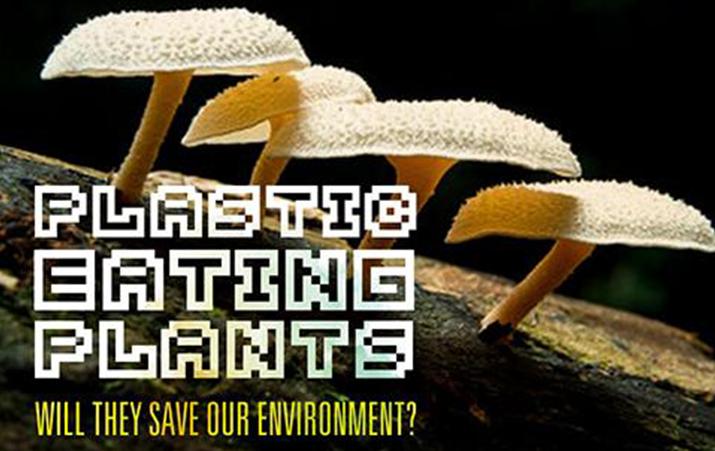Circa 2016 o.o
Americans dump 251 million tons of trash annually into landfills. Bike seat ripped? Toss it. Hole in the old garden hose? Get rid of it. Spandex not tucking in your tummy? Loose it and replace it. This linear process of extracting a resource, processing it, selling it than discarding it is creating a mound of trash dangerously equivocal to the ball of trash in Futurama episode 8 season 1.
Why Plastic Sucks
Bike seats, garden hoses and spandex are all comprised of polyurethane, the most common and environmentally destructive plastic. The Newsweek article, Plastic-Eating Fungi That Could Solve Our Garbage Problem, notes that the only way to get rid of polyurethane is incarceration, which releases harmful gases into our ecosystem. If plastic is left abandoned in the landfill or ocean, Ultraviolet light from the sun or waves break down the material into harmful microplastic particles. In the ocean, this broken down plastic first poisons the marine life then the people who consumed it. The process of breaking down such materials in landfills emits methane, a green house gas 23 times more potent than CO2, according to the Modern Farm article, Plastic-Eating Mushrooms Could Save the World. Additionally, per the Newsweek article, David Schwatzman, Proffessor of Biology at Howard University remarks,” Landfills are sources of serious problems.











Comments are closed.